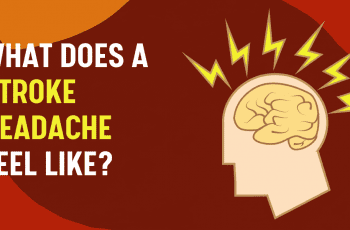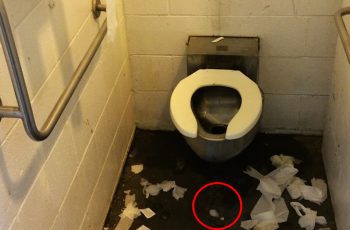What are the Types of Female Hair Loss
Please don’t freak out about the scattered locks of hair on the floor. It’s quite alarming to find strands of your hair all over the place. Humans shed between 50 and 250 strands of hair a day, but exceeding this threshold can indicate a more serious condition. If you’re wondering why your hair is thinning, you should see a doctor to see if you’re experiencing female hair loss.
1. Androgenic Alopecia
Losing a few hairs from your mane is a perfectly normal part of the aging process. Your hair has a life cycle, which means it grows and dies at certain times. However, you must also take hair loss seriously before it’s too late.
Androgenic alopecia is a condition that affects both men and women equally. For both men and women, hair loss is a common problem. Female alopecia, on the other hand, is a no-no for women. Their hair is their most prized possession.
Moreover, androgenic alopecia is a genetic hair loss disorder, which means that if you inherit hair loss from your family, you’re unlikely to avoid it.
An increase in androgens in the body leads to androgenic alopecia, which increases the body’s production of the hormone DHT. Hair follicles are on high alert when DHT levels rise because DHT is known to shrink follicles and obstruct their growth.
After menopause, many women experience female pattern hair loss due to a drop in female hormones, allowing androgens to take control of the body and mind.
The slow growth phase that precedes pattern loss in females is the norm. The hairline recedes as well. In severe cases, women may experience widespread thinning and hair loss across their scalps, even if they are not completely bald.
2. Traction alopecia
Traction alopecia can occur if you frequently tighten your ponytail or braids. The extreme pulling of your hair strands causes this hair loss problem.
This condition manifests as a receding hairline and bumpy inflammations on the scalp. Pulling your hair too hard can lead to bald spots and even scarring.
Traction alopecia is caused by a variety of factors. Headgear and accessory tightening, hair extensions, constricted styling, and harsh relaxers can lead to hair thinning or thinning hair.
In most cases, hair grows back within a few months of being diagnosed and treated. The best way to treat traction alopecia? Avoiding scalp infections can be prevented by using antibacterial ointments. Hair growth can be accelerated by taking biotin and vitamin C-rich supplements.
3. Alopecia Areata
Hair loss, like alopecia areata, can run in families. Before the age of 30, those who suffer from alopecia areata have at least one family member who has had the condition.
An autoimmune disease, alopecia areata affects the hair follicles. Hair loss results from an immune system attack on the cells beneath the follicles. Small spots appear on your scalp and last for about a year as a result of this hair problem. Alopecia areata can become severe and result in complete baldness if left untreated.
What are the signs of alopecia areata? Alopecia areata symptoms include thinning hair and hair loss. Round patches may begin to appear on your scalp. They can be rough and scratchy in some cases. In extremely rare cases, the entire scalp may become completely bald, affecting the rest of your body as well.
Is alopecia areata hopeless? Not really. Hair loss sufferers can choose from a variety of treatment options. Steroid injections can be used to treat inflammation. The immune system’s ability to attack your hair cells can be inhibited by steroids. For a less invasive option, you can also try micro-needling, in which tiny needles are inserted into the scalp. This pricking technique encourages the production of new collagen, an essential component of healthy hair growth.
4. Folliculitis Decalvans
Postpartum changes, such as hair loss, are common in new mothers. folliculitis decalvans, on the other hand, can cause permanent hair loss if it is left untreated for an extended period of time.
You don’t want hair follicle damage even to occur. You may notice small, fluid-filled bumps around your follicles if you have decalvans folliculitis decalvans. Your hair follicles are severely damaged as a result of the swelling.
Your follicles become infected with bacteria, which causes soreness. Your pate will begin to itch and turn red as a result of inflammation. Pus comes out of your scalp as a result.
Folliculitis decalvans can be alleviated with medication. Hair follicles can be revived by taking antibiotic tablets like minocycline.
5. Telogen Effluvium
Telogen effluvium is a temporary hair loss that occurs when the hair growth cycle is disrupted. Anagen phase hair follicles slow down, resulting in the majority of strands going through catagen and then into the telogen phase. As a result of this change, your hair enters the resting phase too early. Telogen effluvium patients experience a rapid increase in hair thinning and shedding.
There are a number of possible causes for the temporary loss of hair. A variety of factors, such as anxiety, surgery, physical injury, and even a drop in weight, can set off this condition. Hair grows back after a period of time, so don’t worry about it. However, treatment is urgently required to stop any further hair loss.
6. Anagen Effluvium
Unlike telogen effluvium, anagen effluvium occurs during the anagen or growth phase of hair shedding. You may experience hair loss if your hair follicles are damaged internally or externally while they are growing out.
It all begins when the cells in your hair follicles fail to divide and multiply, which causes your hair to become thinner and more vulnerable to damage. Chemotherapy patients are more likely to experience this type of hair loss. Radiation kills healthy cells as well, so follicles can’t flourish while they’re growing. High toxin levels in the body and scalp infections are two other possible causes of anagen effluvium.
7. Cicatricial Alopecia
Damage to the hair follicles causes hair loss. Scar tissue in the scalp causes cicatricial alopecia, a form of hair loss. Hair follicles cannot grow because of scarring.
Why does a person get cicatricial hair loss? First, the hair follicle is inflamed in the upper part. Your follicles can be damaged and scarred by the swelling. In order to prevent further growth of the strands, scars are formed.
How to Treat Female Hair Loss
It is possible to overcome female alopecia. Here are some helpful tips for women who suffer from hair loss.
Tip #1: Feed your body with nutrient-loaded foods

Vitamins and minerals are essential for healthy hair growth. Your hair follicles need a steady supply of nutrients to maintain their health.
What foods should you eat on a regular basis to maintain good health? Eating biotin-rich foods such as eggs, meat, nuts, and sweet potatoes will help you maintain a healthy weight. Make sure you’re getting enough protein in each of your meals.
Tip # 2: Use minoxidil against hair loss
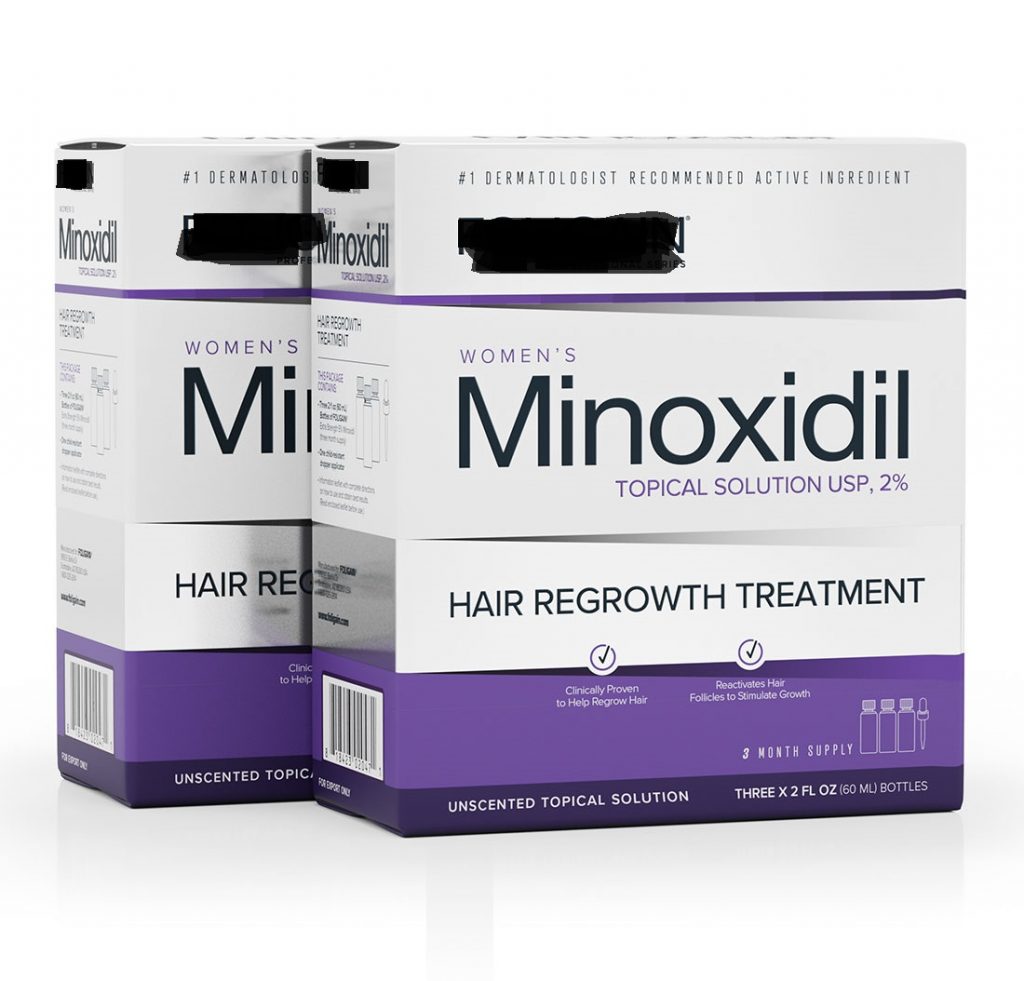
FDA-approved Minoxidil is a hair-growth-stimulating drug Tablets or topical ointments can be used to treat FHL.
How can this medication help women with female alopecia? No, it doesn’t work that way. Minoxidil, on the other hand, is used to prolong the growth phase of your hair. In order to speed up the process of returning hair follicles to their anagen stage, this medication induces the telogen phase in the follicles.
First-time users of minoxidil may experience hair shedding as their hair is forced to transition between the catagen and telogen phases. In the meantime, new strands are on the way.
Tip # 3: Try hormone therapy

Hormonal imbalance in women is commonly caused by pregnancy, childbirth, and menopause. Hormone levels decline, resulting in a decrease in hair growth.
Hair loss can be caused by a hormonal imbalance. Synthetic hormones can therefore help to de-regulate your hormonal levels.
Tip #4: Enrich yourself with iron

Hair follicles are alive and well thanks to the blood supply. Strands are dependent on the proper supply of air and other vital nutrients to thrive; deficiency of these nutrients can stunt hair growth.
Iron-rich foods like spinach, beans, lean beef, tuna, and mackerel should be included in your diet if you suffer from anemia. For additional nutrition, iron supplements are an option. However, if you can avoid it, limit your intake of iron if it isn’t absolutely necessary.
Tip #5: Ingest anti-androgens
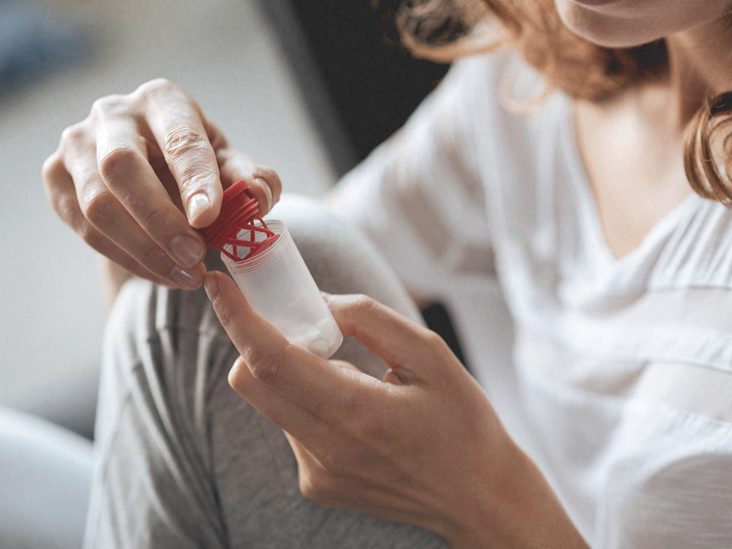
Minoxidil may not work for all female hair loss patients. Taking anti-androgens is another option for combating hair loss. It’s well known that androgens can “kill” your hair follicles. The body’s androgen production is reduced as a result of taking an adequate dose of anti-androgen drugs. The 5-alpha reductase enzyme is also inhibited by these supplements.
Tip #6: Undergo hair transplant
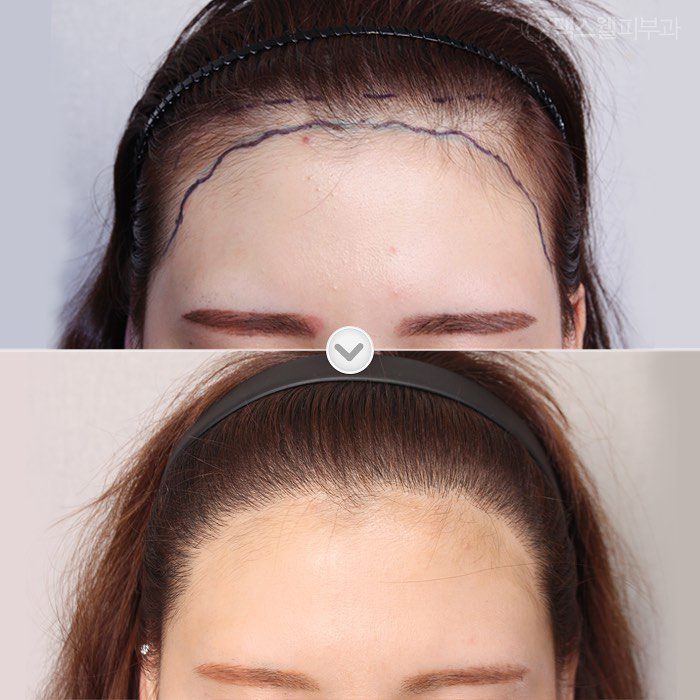
Hair transplant is another effective procedure against hair loss, despite the fact that it may sound expensive.
How does a hair transplant take place, exactly? In order to begin, a donor scalp must be obtained. The grafts are made by slicing the scalp into smaller pieces. After that, the grafts are placed into the patient’s scalp for implantation.
Tip #7: Avoid hair loss-causing procedures
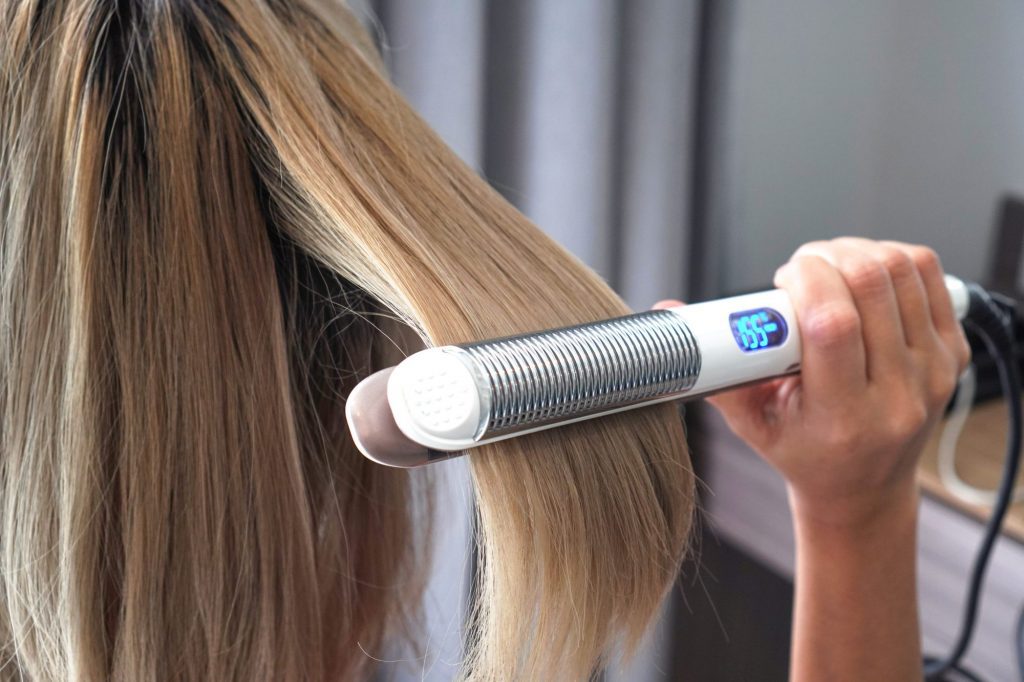
Keep your hair problem from getting any worse. To begin, avoid any radioactive treatments. Second, put an end to any unhealthful hair-care practices. Finally, stop using hair styling products that are harmful to your hair. Make sure you understand how your lifestyle affects your hair in a variety of ways.
WHAT’S NEXT?
Anyone can be affected by female hair loss at any time. As a result, you must do everything in your power to keep your priceless locks. Consult a dermatologist as well to get the best treatment for your hair loss.

